Grassland birds: a critical conservation priority
by: Sherri Leigh Smith
The forest primeval wasn’t. When Europeans first arrived on the shores of northeastern North America, they viewed the forest as endless. That is largely because they had been destroying the woodlands of Europe for millennia. During that time North America had been occupied by indigenous peoples for at least 15,000 years. These communities were part of the ecological fabric of the continent, being interwoven with it. Their activities profoundly impacted the landscape, but at a generally sustainable level. In particular, the application of fire for land management was a hallmark of many native cultures.
When the main European invasion of North America began, the impacts of native populations on the landscape, had already been somewhat reduced. Population decimating European diseases, including smallpox, had been introduced at first contact a century and a quarter earlier. Spreading throughout the Americas, these pestilences reduced indigenous populations and weakened native communities. Thus in the early 17th century the impacts of natives on landscapes of many regions were less than they had been for many centuries, creating the perception to the Europeans that northeastern North America was continuous forest.
Actually there were many open areas. Natural communities, such as coastal grasslands and pine barrens were maintained by their fire regimes. In inland sections other factors such as water and wind produced natural grasslands, including Great Lakes alvar communities. Jefferson County has some of the finest remaining examples of these, now rare, natural communities in the United States. Very large wetlands, including massive beaver floes, also contributed to the mosaic of open areas found on the landscape. All these factors combined with the land management efforts of indigenous peoples made the eastern North America forest primeval in appearance, only by comparison with Europe’s.
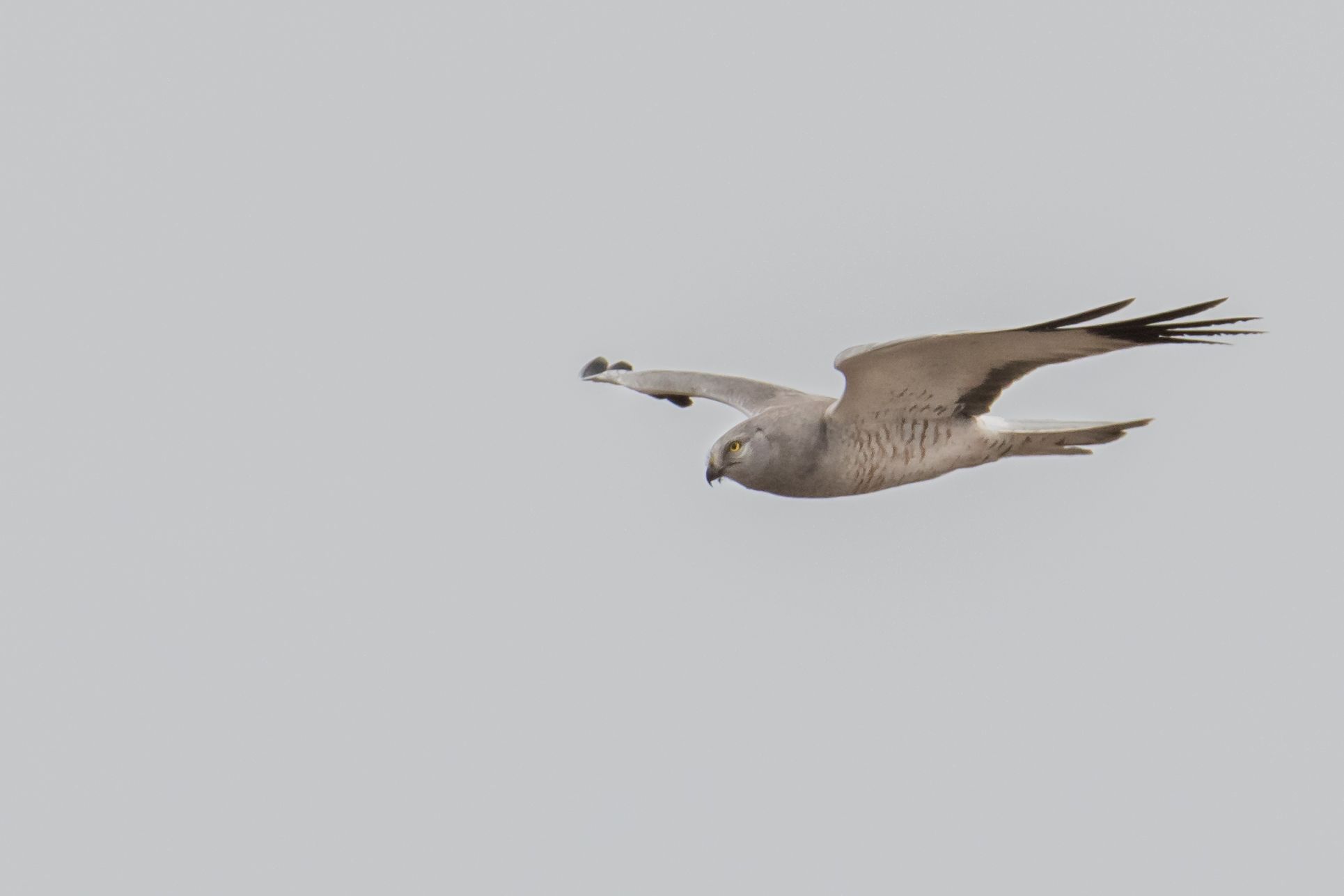
Thus grasslands and their associated biota have existed throughout our region for at least hundreds of centuries. This is important from the perspective of grassland conservation because of the public perception that such habitat was not present in our region pre-European settlement. Since perception often becomes reality, it’s essential to have folks understand that current preservation efforts for grasslands are simply continuing providing ecological niches for biota that have been here for a long time. Understanding this, Thousand Island Land Trust has taken the lead in grassland conservation locally. About twenty percent of their portfolio of easement and fee protected property contains grassland habitat. That’s over 2000 acres and is a nice contribution to assuring a long term future for local grassland biota
With the exception of natural areas, such as the alvar, twenty- first century grasslands in the Thousand Islands are very different from those managed by Native Americans. During the family-farm era of the nineteenth and early twentieth century, the plant community of these “hay lands” changed dramatically. Native warm season grasses of the natural grasslands were replaced by old world cold season species. Despite the differences in the growth timing patterns of these two groups, native North American grassland birds seemed to adapt and thrive. Species such as the Horned Lark, that were rare in the northeast prior to 1875, expanded their ranges eastward. Other grassland birds, including Upland Sandpiper and Bobolink, became common. These species and other birds that heavily utilize grasslands, including Eastern Bluebird, became the well-loved “farm birds” of agrarian America.
The family-farm era peaked in the period before the Great Depression and the average acreage of grasslands has been declining ever since. In 1910 less than thirty percent of the state was in forest cover. A century plus later the percentage is about three quarters. Obviously such a change greatly impacted birds and other biota. The human changes in demographics and resulting land use changes of the last 110 years are but only part of the story. The ways and intensity of how species interact with the remaining grassland environment are critically important factors in the severe decline of grassland birds. This group of birds is in free-fall in many parts of the world, including areas where habitat is seemingly still in fairly good condition. As late as the early 1970s North America’s grassland birds did not seem to need our help at the level they surely do now.
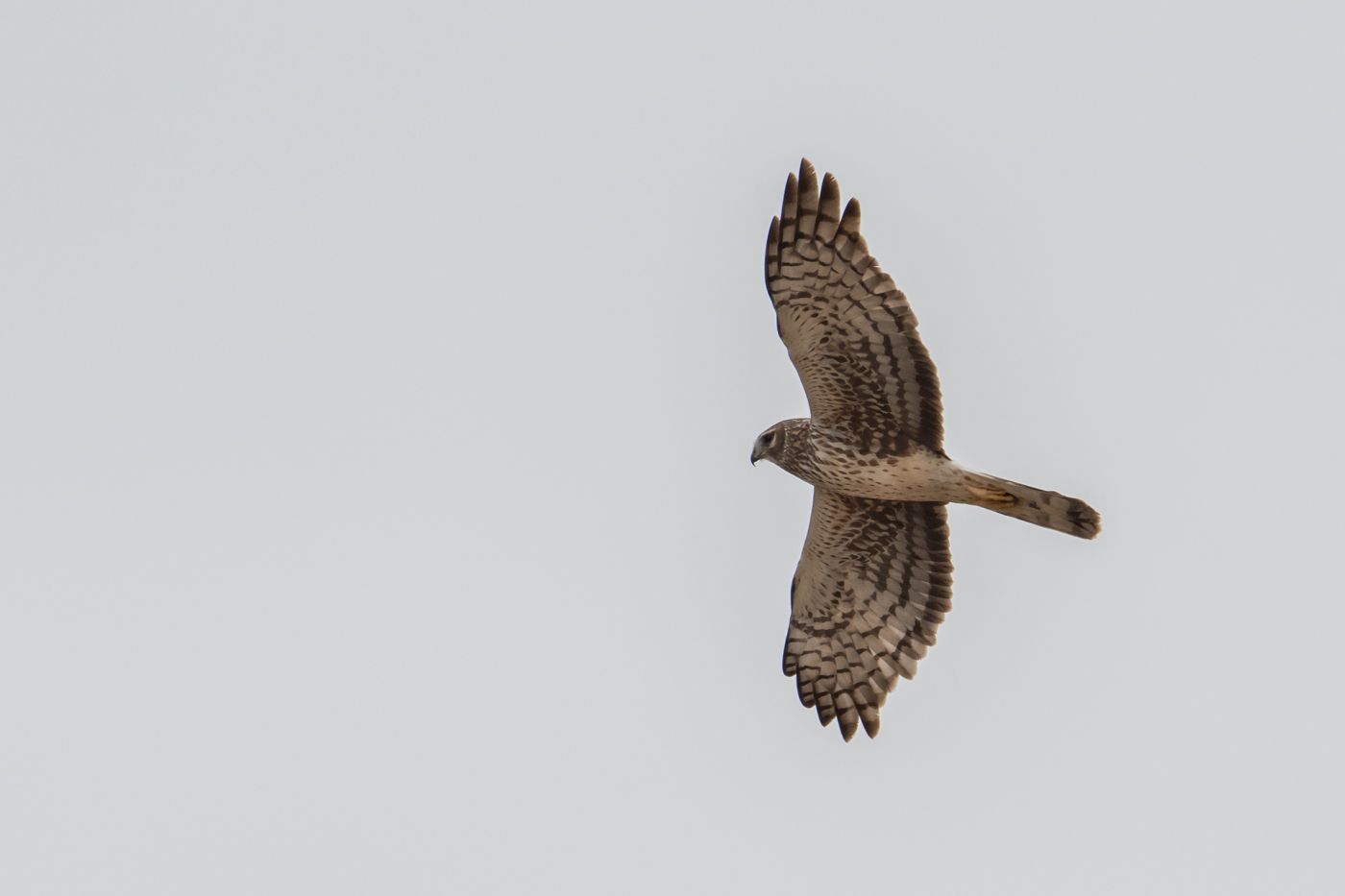
Those conservationists who are unconcerned about grassland bird declines in the northeast usually point to the myth of the primeval forest and abandonment of family farms as the only important causes. This is incorrect, and misses the point that adequate potential habitat remains in our region to support significant populations of most species, yet declines continue. The main problem is the human use and management of the remaining habitat. The massive intensification resulting from modern agricultural practice worldwide creates environments not friendly to grassland biota. Conversion of hayfields to row crops, such as corn and soybeans, is happening everywhere. These monocultures support little biodiversity. Few birds, except geese, blackbirds and European Starling, find row crop fields a suitable habitat. Add the witches’ brew of toxic chemicals usually applied to such lands, and living there offers little to wildlife.
Intensification of frequency of mowing has made many remaining hay grasslands in our region population sinks for most grassland bird species. Even birds such as the Bobolink, that can raise mobile young within five weeks, have trouble reproducing at such sites. For example in Cape Vincent many farmers cut grass five to six times between May and October. While I understand the economic reasons for this, from an ecological standpoint it renders these lands of little value to any grassland birds.
The current management regime is in sharp contrast to the nineteenth century agricultural practices. Then, with horse drawn cutting power, fields were usually mowed only once or twice a year, thus giving most grassland birds time to bring off young prior to the arrival of the grim reaping machine. One can see echoes of these practices in the management of some farms by the Amish community. It could be that land farmed by this ethnic and religious group may be favorable to grassland bird use, but information that documents this is lacking.
Another major contributing factor to the decline of our grassland birds is evolutionary. This is what ornithologists call “area sensitivity.” That means many species, even small songbirds, require large areas of contiguous habitat in order to successfully reproduce. This phenomenon has been documented for many species of both grassland and forest songbirds. Thus, in our increasingly land use fragmented landscapes, these birds don’t do well. For example the Henslow’s Sparrow is severely declining and has become one of the most endangered birds in the state. Once uncommon, but widely distributed, this tiny sparrow is in either in severe decline or totally gone from many areas between Maine to Michigan. Smaller than the common Song Sparrow, this species needs large tracts of grassland to breed successfully. They usually require at least forty acres and are most successful in tracts of 100 acres or more. There are many theories of why such a small bird needs such a large habitat chunk, but this is the evolutionary reality. Only the bird knows for sure and it’s clear populations of this specie in the east are not finding what they require to meet population maintenance needs
Many other factors are also likely impacting the reproductive success and survival of grassland birds. Many songbird species utter high pitched rather faint territorial breeding songs. These are easily drowned out by anthropogenic noise sources. Highways, wind turbines, and other human noise makers can pose an impact on habitat quality for considerable distances around the singing site. This may disrupt breeding and alter reproductive success by limiting mate recruitment and creating more territorial conflicts between males. Road kill and other forms of human caused mortality further exacerbate the problems, particularly for species with already seriously reduced populations. Clearly the 21st century is a tough place to be if you are a grassland bird.
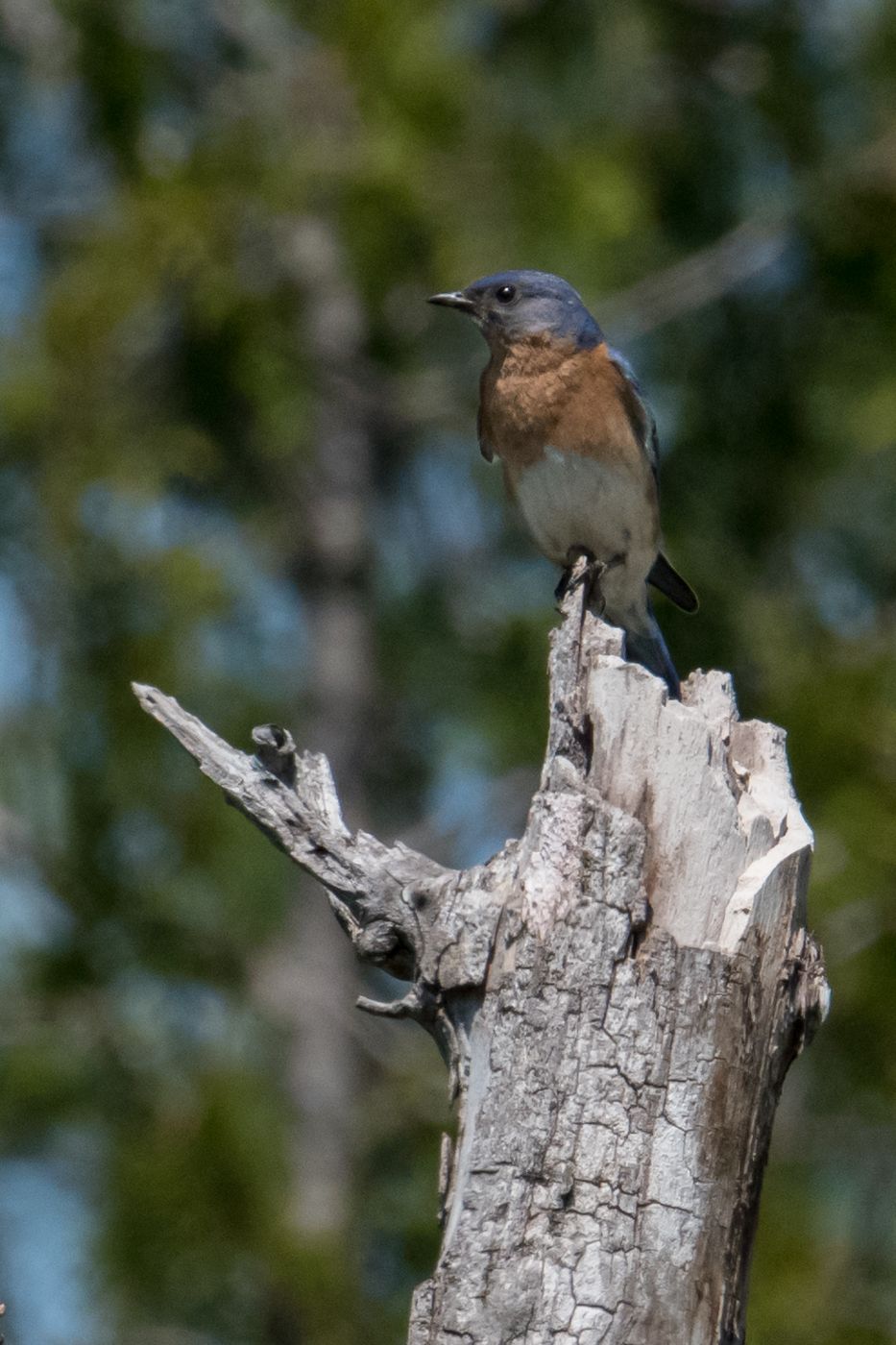
For these species populations to remain viable in the future ongoing direct management intervention will be required. In addition, public education efforts are needed to enlighten private landowners about considering the needs of grassland biota to the highest degree they possibly can. While the situation on farmlands and other private lands is usually driven by economic necessity, some useful compatible improvements may be achieved. Real long-term survival of these species is primarily dependent on conservation lands managed for them. Public and private conservation lands must continue to be set aside and managed for grassland birds and other biota. To date this has been done by state, federal, and private agencies in this century, but more is needed. TILT’s conservation of 2185 acres of grassland, so far, represents a yeoman effort for any conservation organization. Other efforts by the New York State Department of Environmental Conservation and Ducks Unlimited in protecting and managing grasslands are of great value. Partnerships, both in New York and Ontario, need to continue at greatly increased levels to protect and manage enough habitat to maintain these populations.
Also protecting the habitat is not the end of human responsibly. Grassland protection then becomes grassland management, which costs dollars. We humans have altered natural processes everywhere on the planet, thus we are now ethically responsible for our fellow travelers well-being. I would probably worry less about grassland biota in our region, if much of the Great Plains were not converted to row crop agriculture. The continental level destruction and fragmentation of grassland habitat has made our region and similar areas near the Great Lakes of increasing importance. We can seek to be a refuge from these impacting factors, including climate change, if we work at it.
For my part I cannot imagine the part of the world extending from the Lake Ontario lakeshore down the international sector of the St. Lawrence, without grassland birds. The Bobolink’s bubbling cacophony and the lazy “tee arr tee arr” of the Eastern Meadowlark are the regional sounds of summer. Enhanced grassland conservation and management programs will prevent future silent summers, so if you are are able send some spare dollars to help TILT and those who serve as the landlords of managed grasslands, do it. The birds can’t thank you, but I can.
By Sherri Leigh Smith, photos by Julie Covey
Sherri Leigh Smith is a senior Ornithologist, Avian Ecologist and Conservationist working to Preserve bird populations in Northern New York.
Editor’s Note: This editor is both pleased and appreciative to Sherry Leigh Smith for taking the time to help us understand more about nature in the islands. You can read her past articles here.


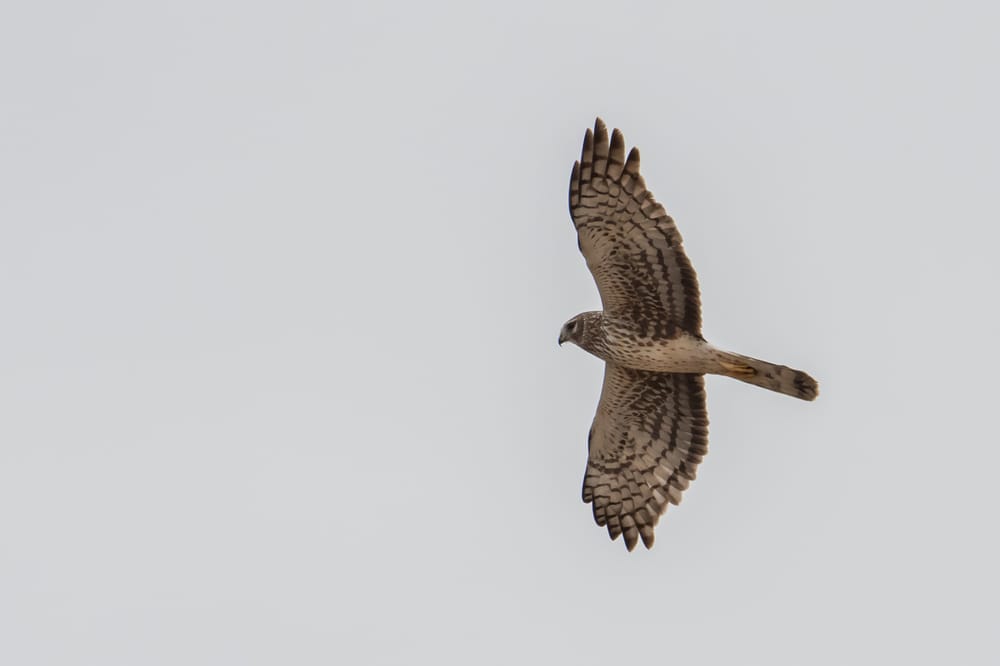
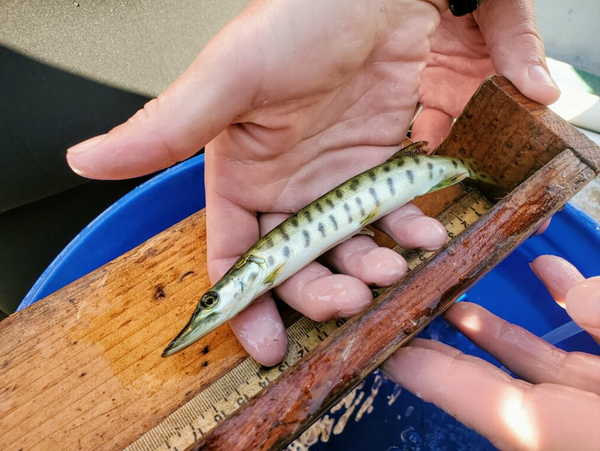
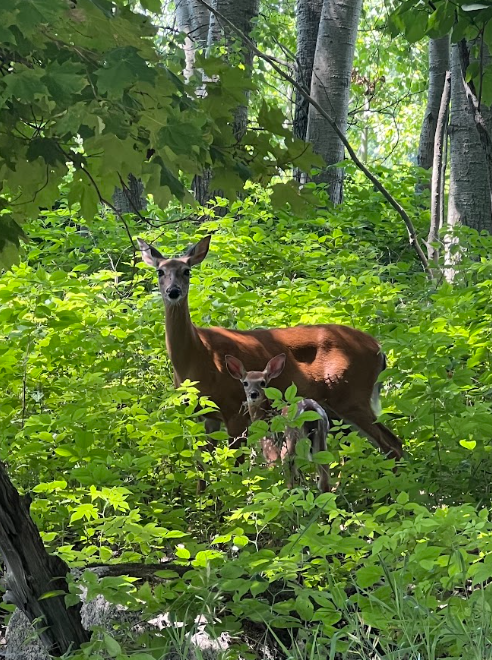
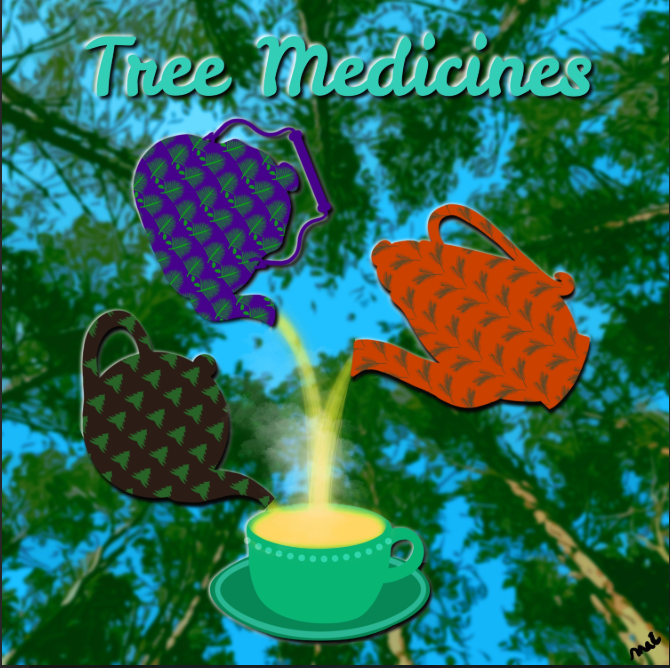
Please click here if you are unable to post your comment.